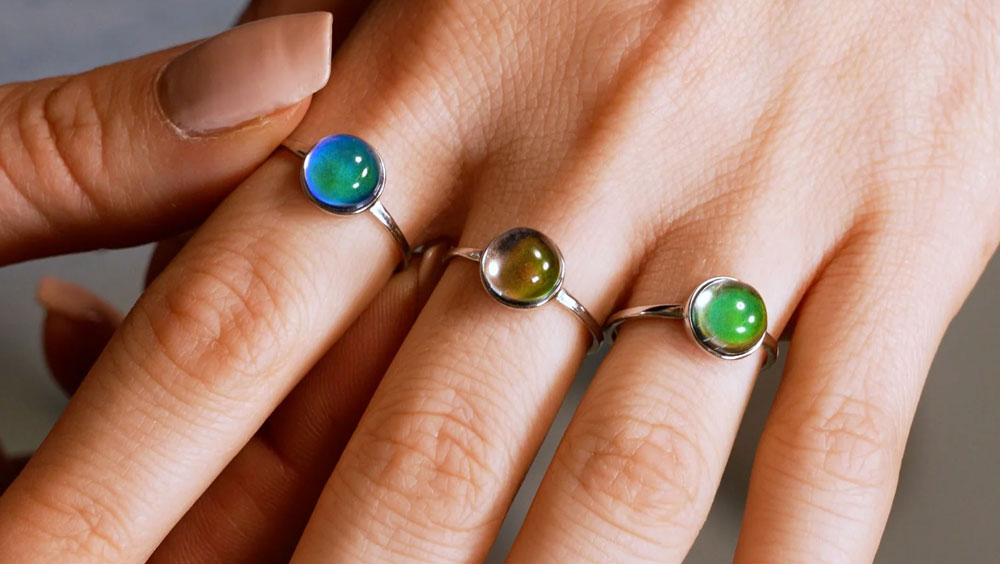Mood rings have fascinated people for decades with their color-changing abilities, said to reflect the wearer's emotional state. But how does a mood ring really work? This unique piece of jewelry relies on science and a bit of psychology to create a magical interaction between body temperature and color. In this article, we’ll dive deep into the mechanism behind a mood ring and unpack what popular colors like blue, purple, and green signify.
The Science Behind Mood Rings
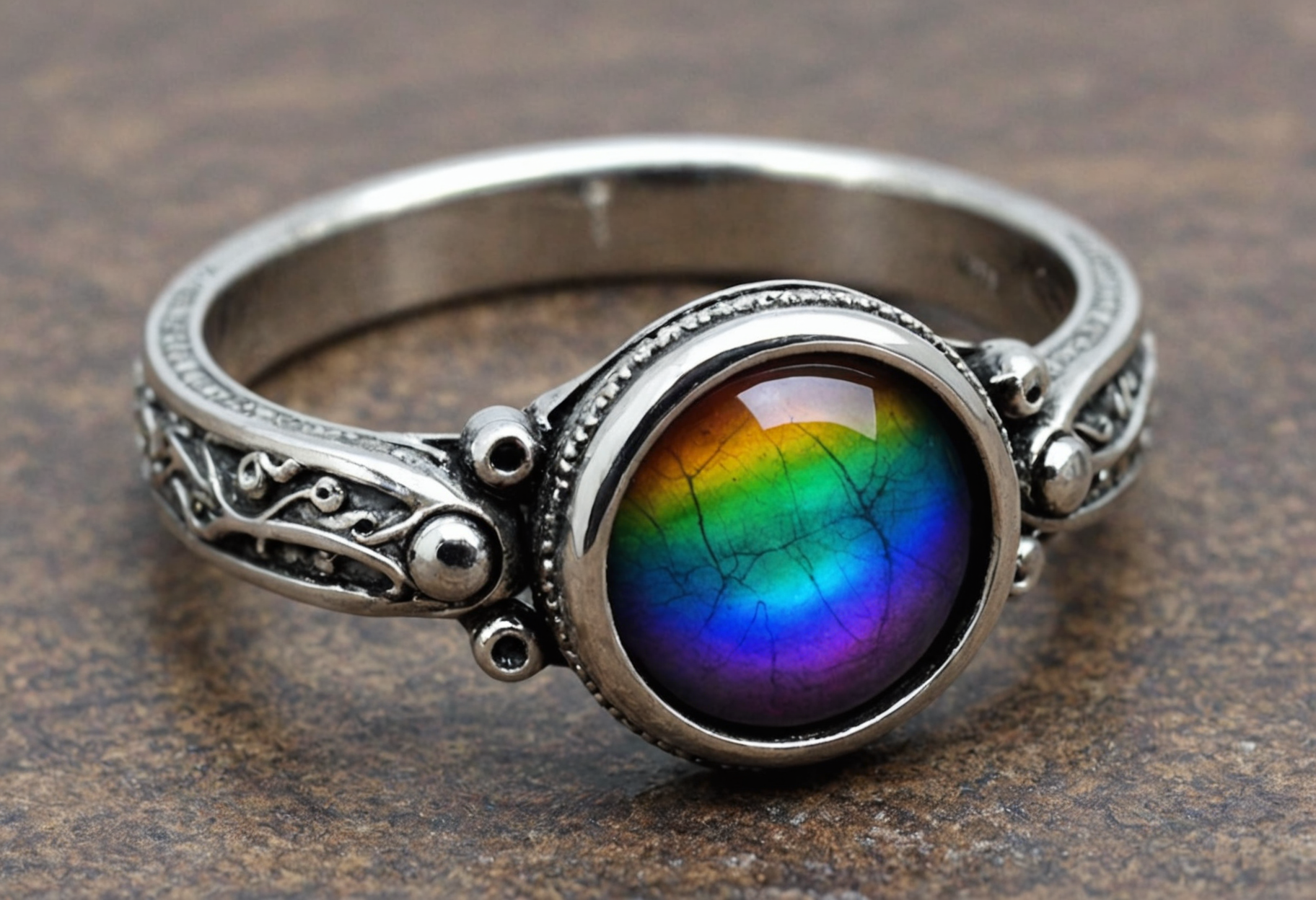
Mood rings work through the use of thermochromic liquid crystals embedded in the stone or glass of the ring. These crystals are extremely sensitive to changes in temperature. When the ring is worn, the body temperature of the wearer causes the liquid crystals to twist and bend in ways that change how they absorb and reflect light. This causes the ring to shift in color depending on the wearer’s temperature, which is loosely connected to physiological reactions associated with different emotional states.
Understanding Color Changes In Mood Rings

The color spectrum of mood rings is often standardized, with each color representing a different emotional state or body temperature range. While mood rings don't medically diagnose your mood, they give a general indication of emotional response based on body warmth. Cooler temperatures may show darker colors like brown or black, indicating tension or stress, while warmer temperatures may show brighter colors like blue or green, suggesting a more relaxed or happy state.
Blue On Mood Rings: What Does It Mean?
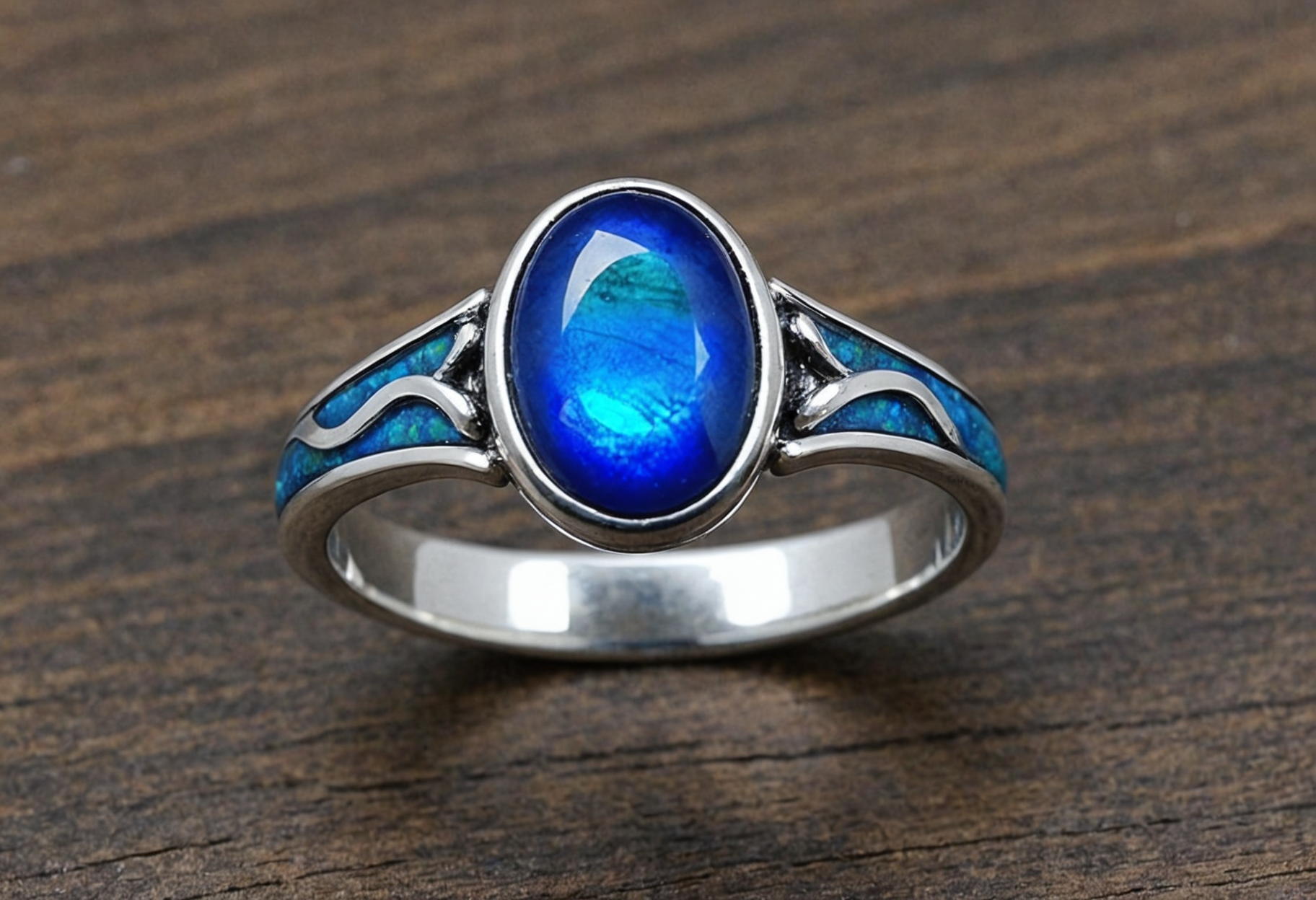
One of the most sought-after colors on a mood ring is blue. So, blue on mood rings—what does it mean? Generally, blue indicates calmness, serenity, and contentment. It means that the wearer is emotionally stable and at ease. When your body is in a relaxed state, your peripheral blood vessels expand, leading to a slight increase in skin temperature, which triggers the blue hue in the liquid crystals.
What Does The Color Purple Mean On A Mood Ring?

Purple is often seen on mood rings when the wearer is experiencing deep or passionate emotions. So, what does the color purple mean on a mood ring? Depending on the manufacturer, purple often symbolizes a blend of calmness paired with passion or love. It may suggest romantic feelings, intense thought, or a creative mood. This color tends to appear when the body is warm, yet emotionally heightened, suggesting an energized yet pleasant emotional state.
What Does The Green Color Mean On A Mood Ring?
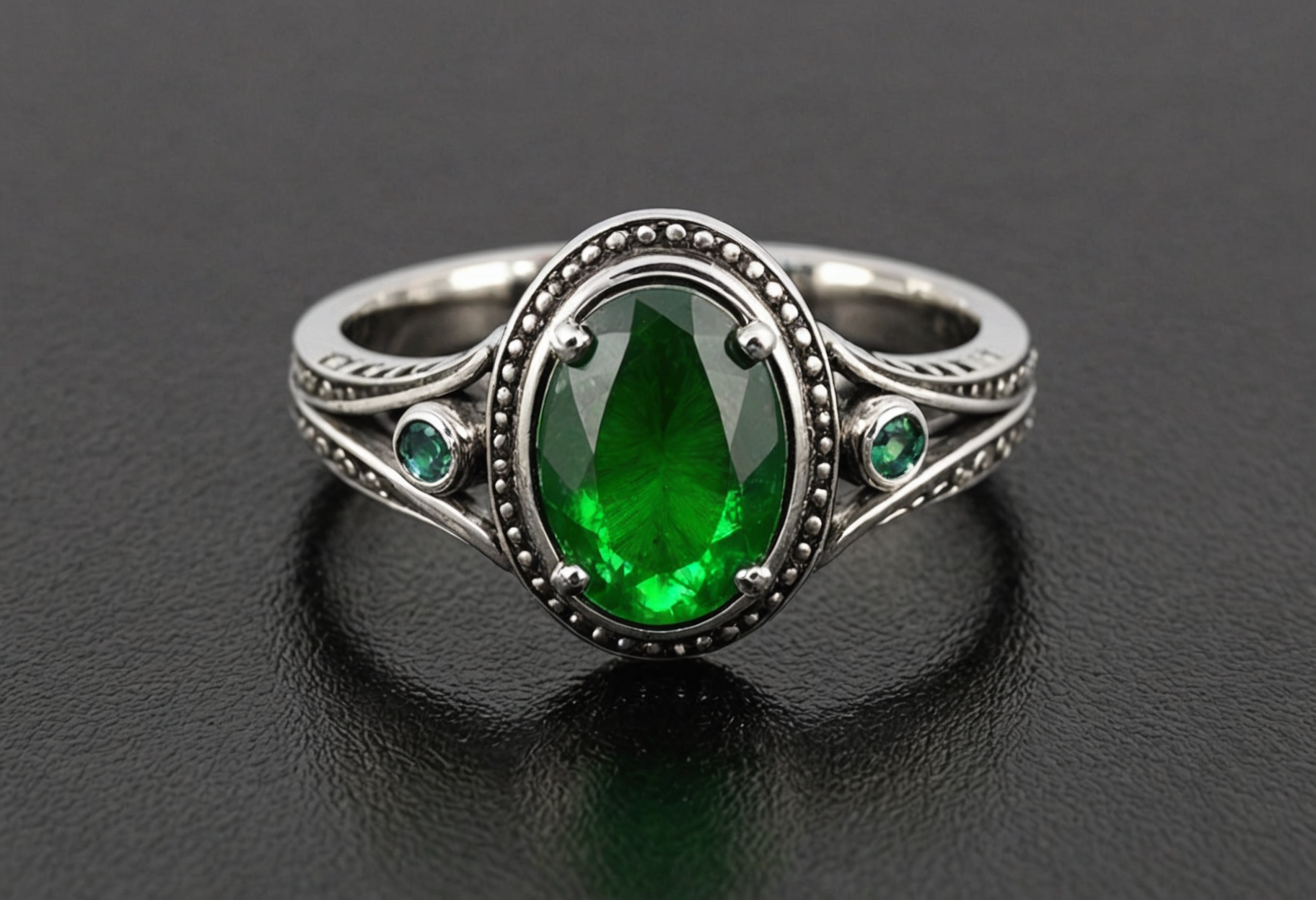
The color green is another common shade found on mood rings and is widely considered a neutral or balanced state. But what does the green color mean on a mood ring precisely? Typically, green suggests that the wearer is feeling average, with a stable emotional and physical condition. It’s associated with equilibrium, indicating neither stress nor excessive excitement—just normal functionality and composure.
Additional Mood Ring Colors And Their Meanings
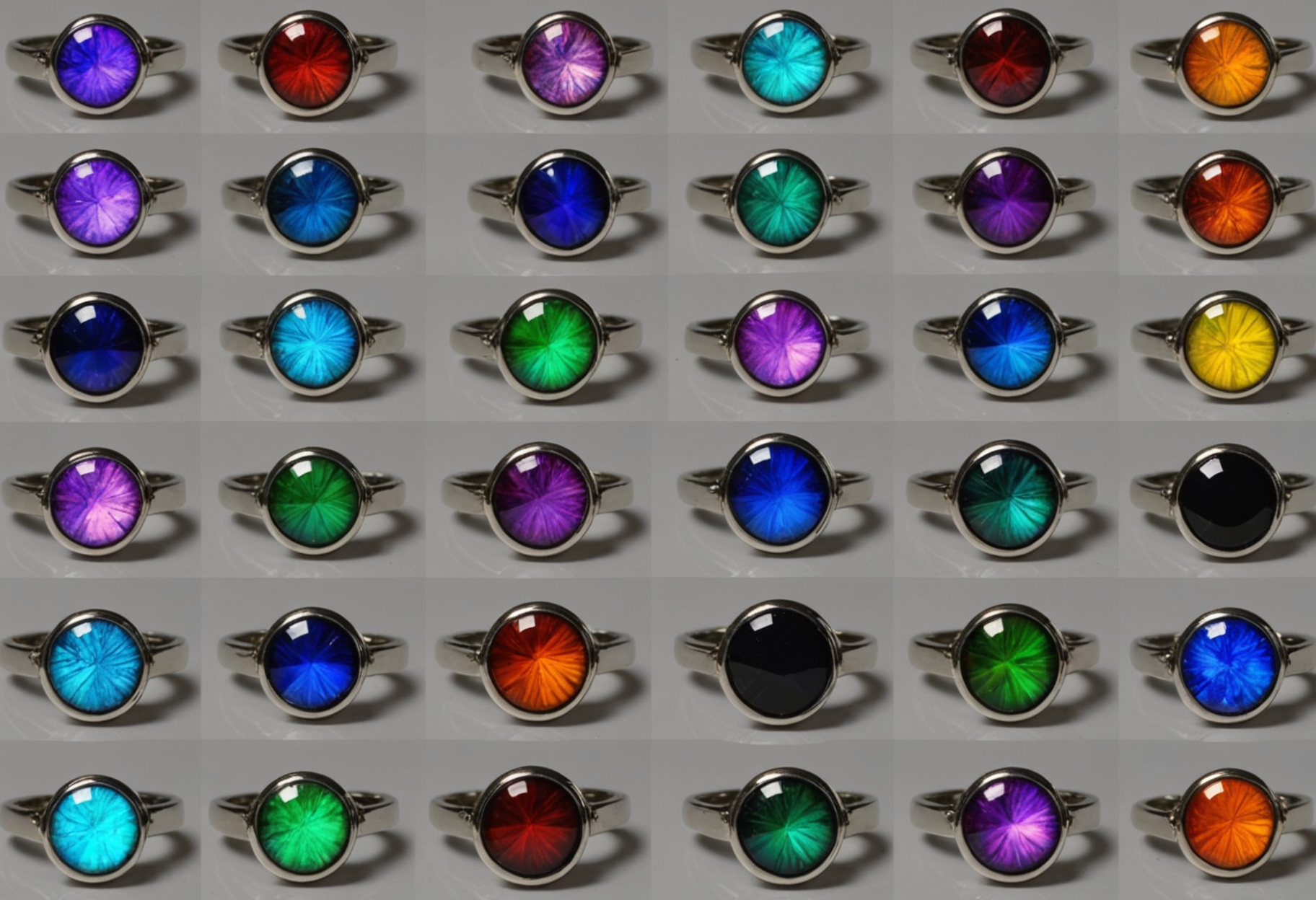
In addition to blue, purple, and green, mood rings can display a range of other colors such as black, brown, amber, red, and yellow. Black may signal stress or cold hands, while red can imply excitement or energy. Amber or orange often hints at nervousness or unsettled thoughts. These additional shades help round out the emotional spectrum mood rings attempt to depict through temperature variations and color science.
Limitations And Accuracy Of Mood Rings
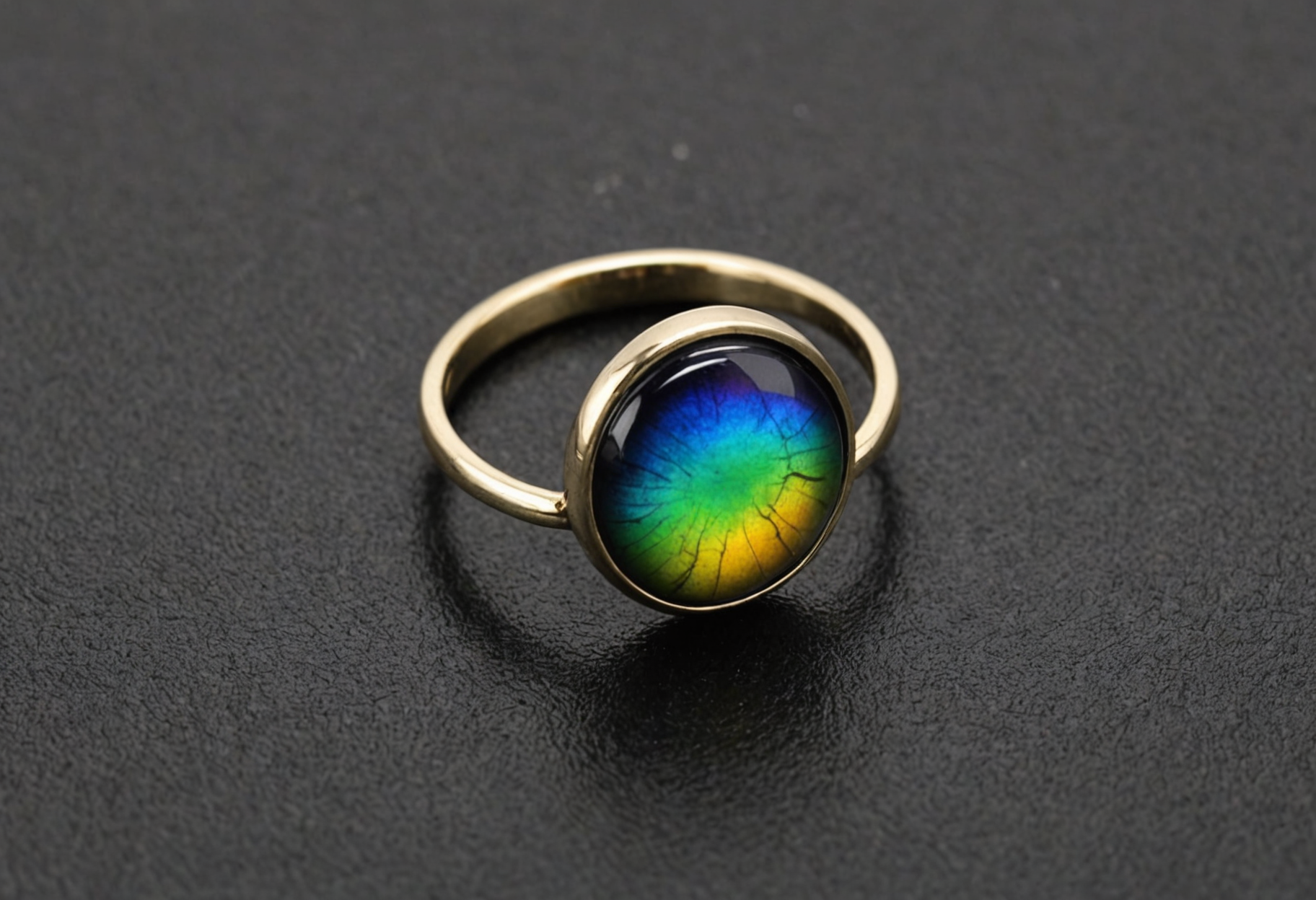
Although mood rings are fun and captivating, their accuracy when reflecting actual emotional states is limited. Since they only measure surface body temperature, which can be influenced by external environmental factors, they are not a reliable psychological tool. A cold room or holding a cold beverage can change your ring’s color, which may not align with your emotional state. Still, they remain intriguing novelty items.
How To Care For Your Mood Ring
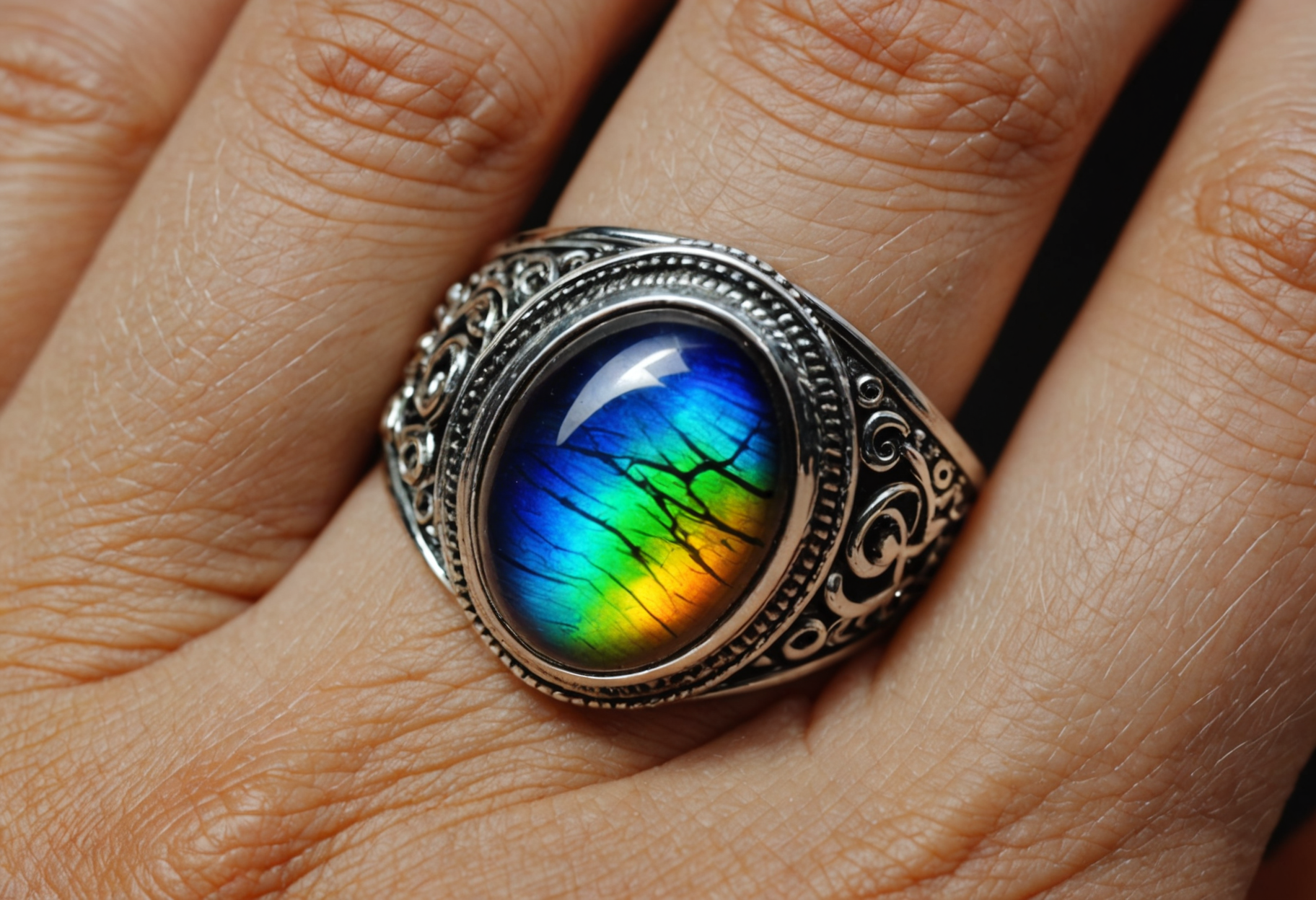
Mood rings are sensitive pieces of jewelry and require proper care to maintain their functionality. Avoid water exposure, as moisture can damage the liquid crystal layer inside the stone. Store your mood ring in a dry, cool place when not in use, and try not to expose it to extreme temperatures. With proper maintenance, your mood ring can remain a fascinating and stylish accessory for years.
Mood Rings In Pop Culture And Fashion
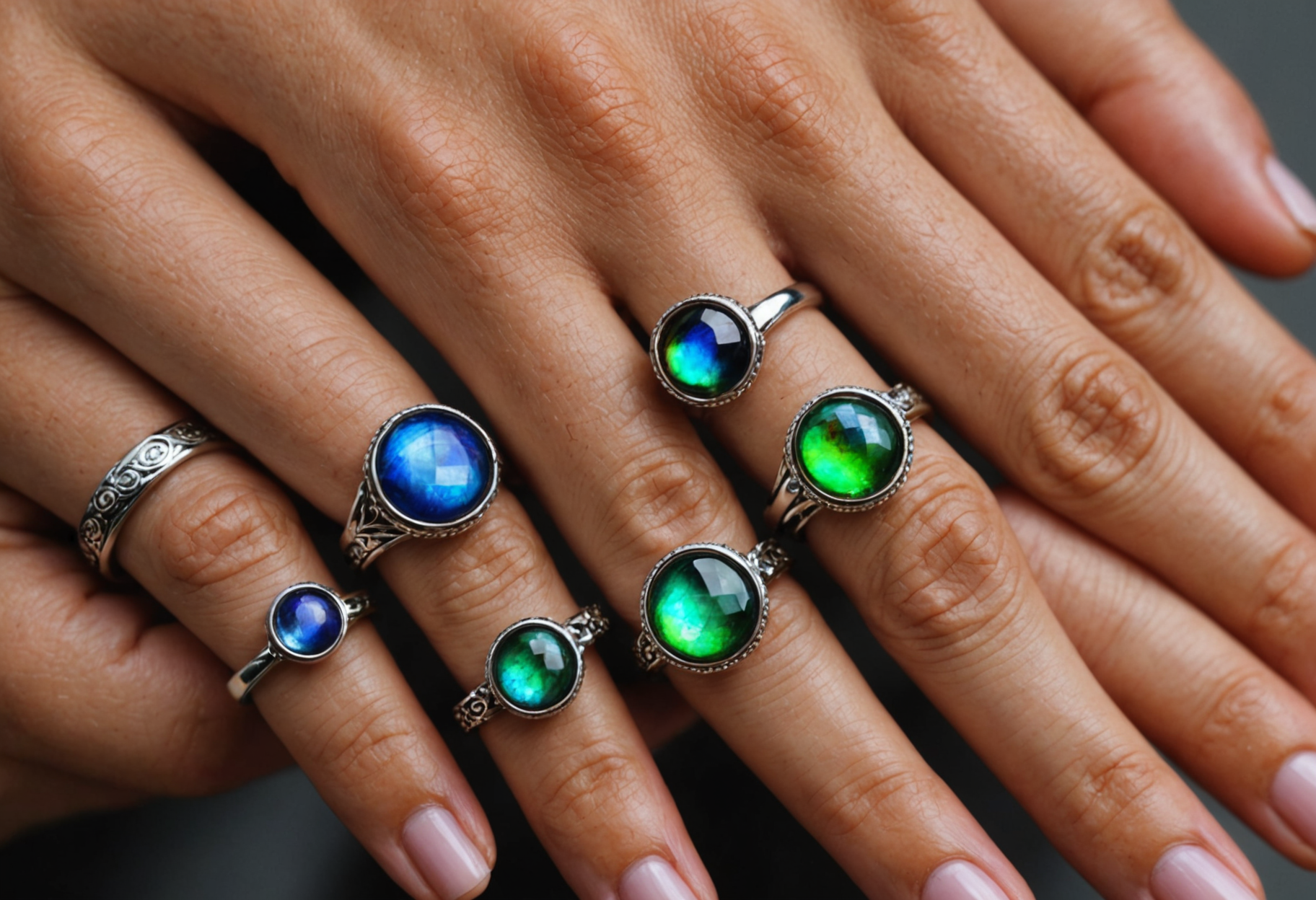
Mood rings have made a comeback in recent years, not just as nostalgic pieces but also as fashionable accessories. You can find mood rings in various styles, from vintage-inspired designs to modern minimalist versions. Their blend of science and style makes them appealing across generations, and their use in pop culture further cements their place in fashion history.
Mood rings captivate wearers with their shifting hues and emotional symbolism. While not scientifically precise, they offer a fun way to express moods and emotions. Understanding the meaning behind colors—such as blue indicating calmness, purple hinting at passion, and green representing balance—adds a layer of personalization and intrigue. Whether you're drawn in by the science or the style, mood rings remain a beloved accessory combining charm and curiosity.

